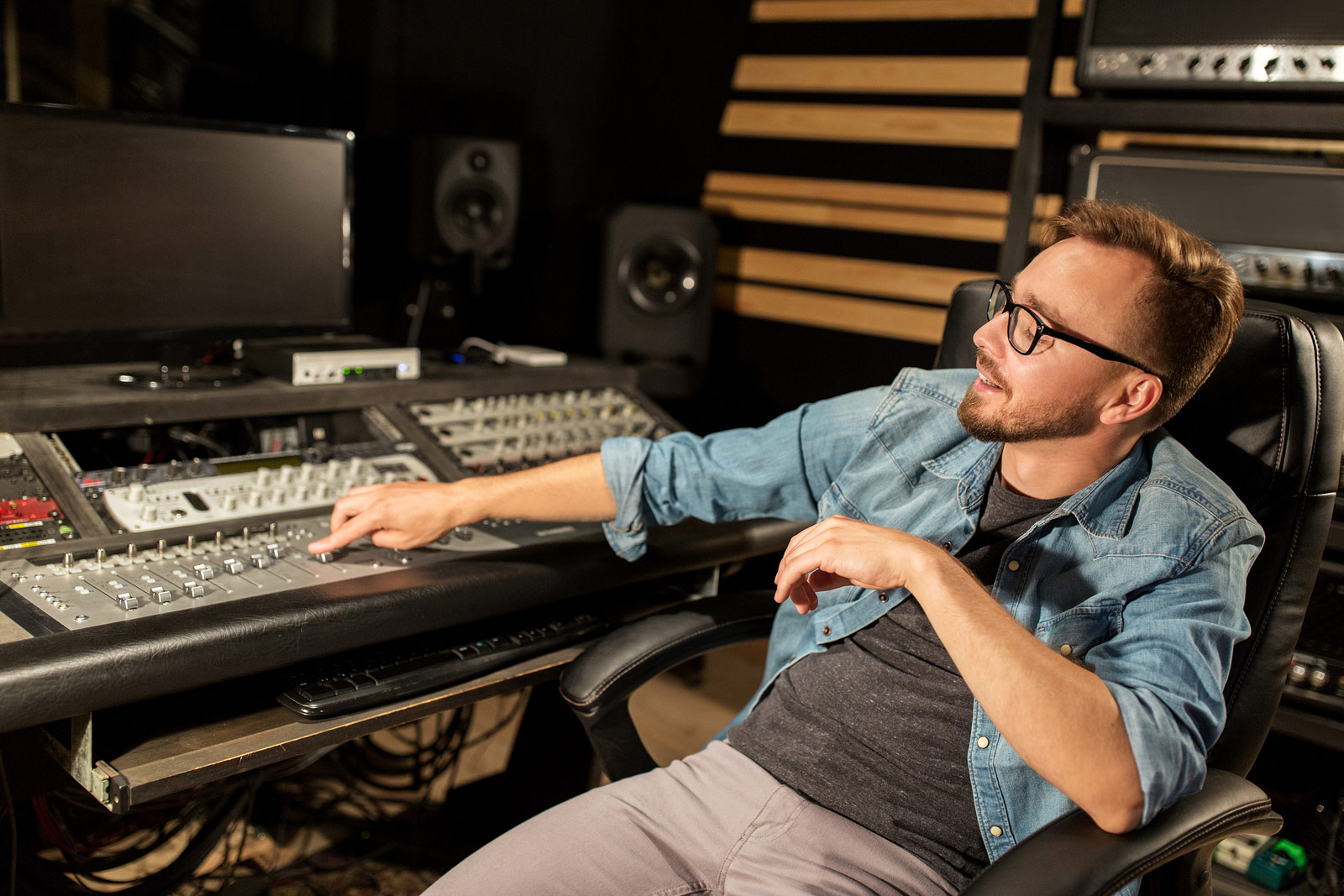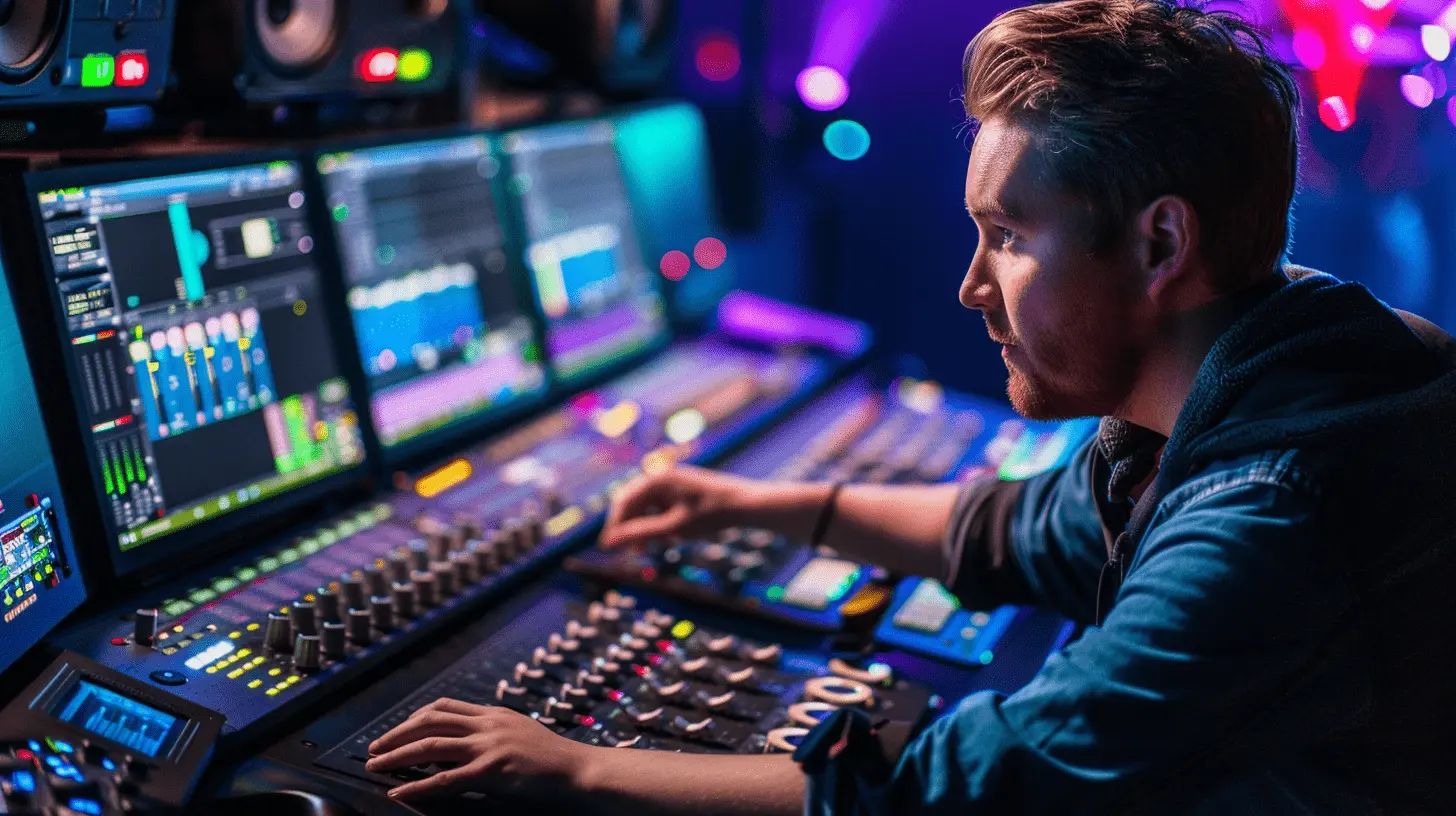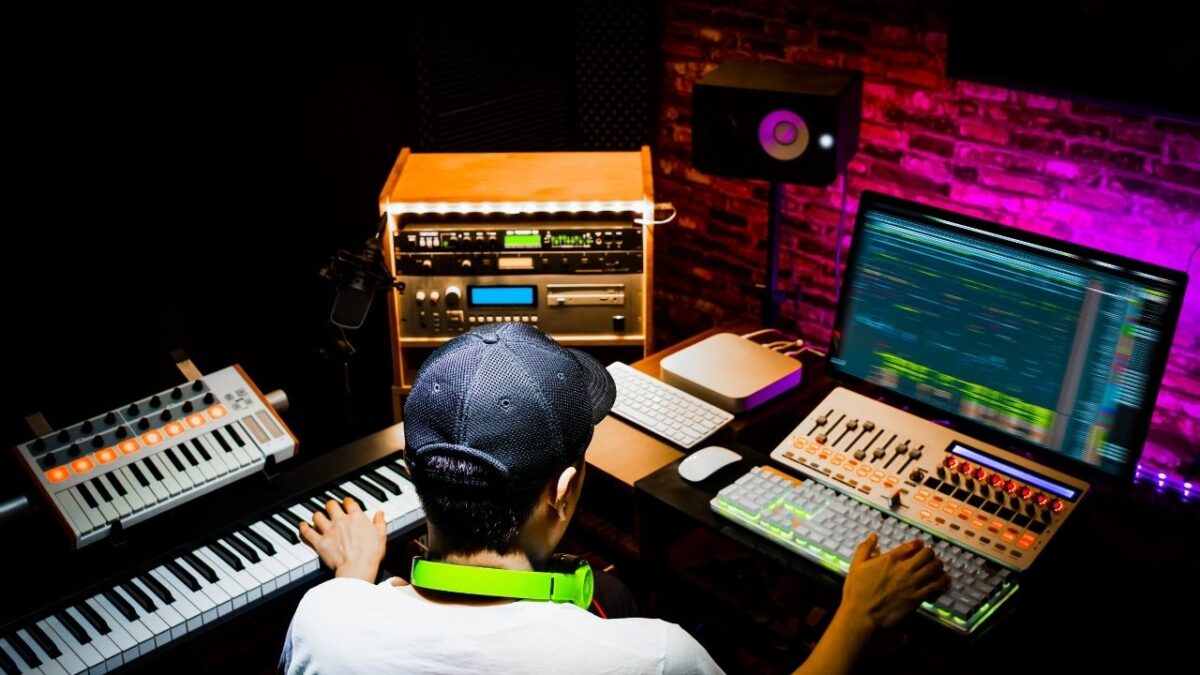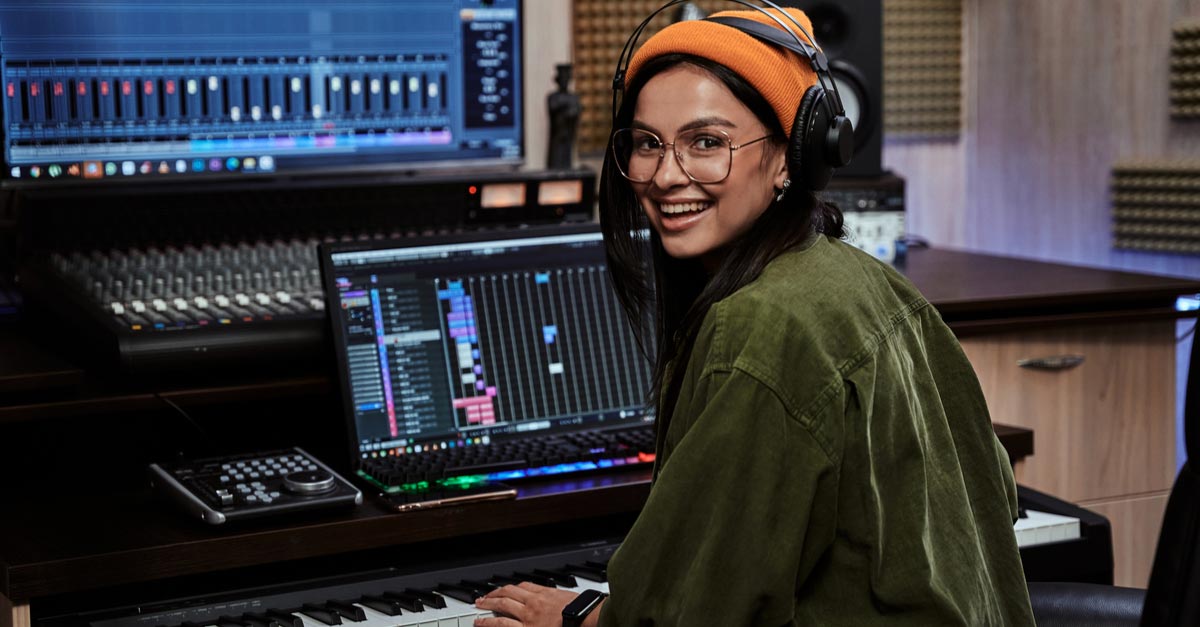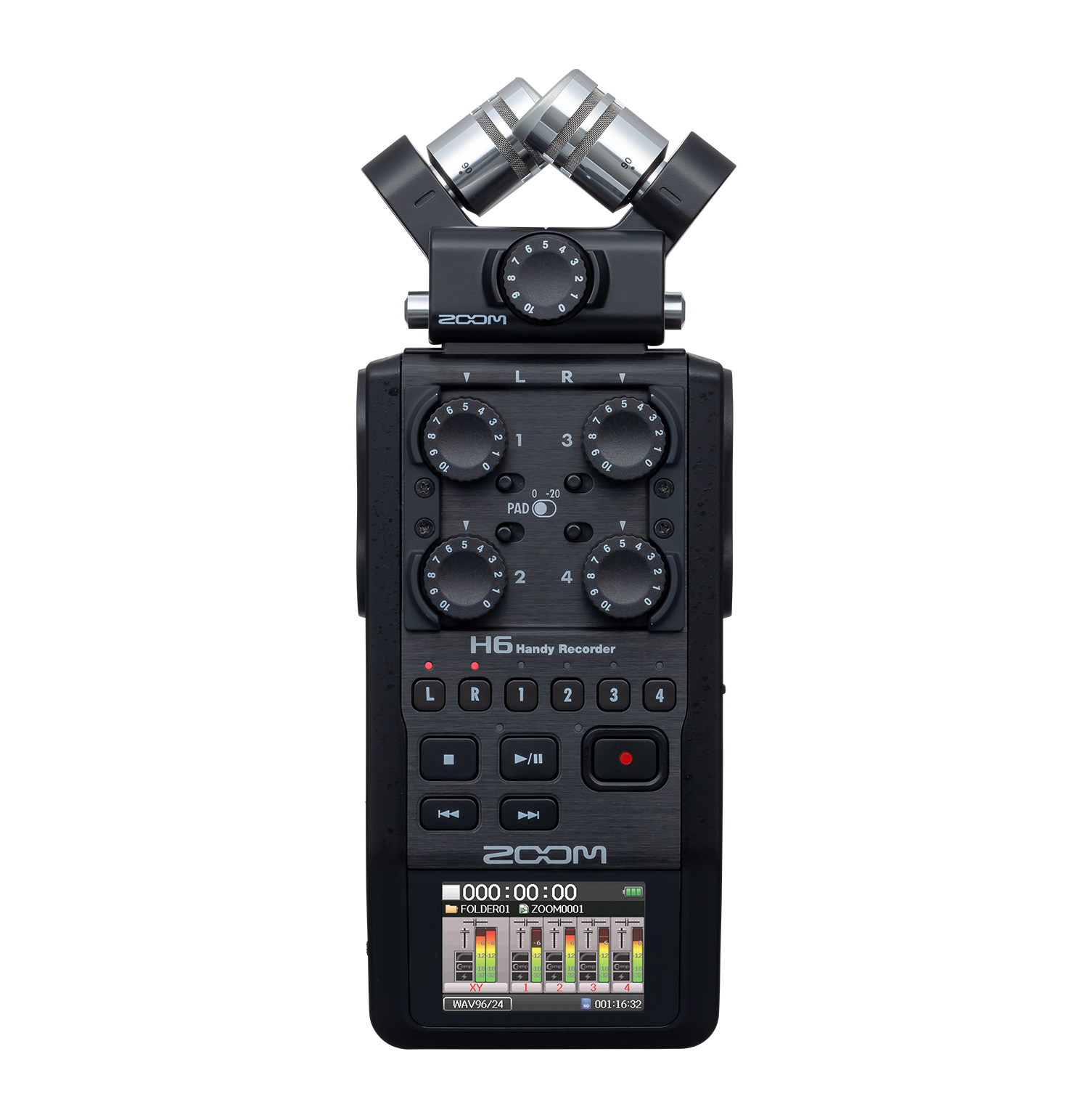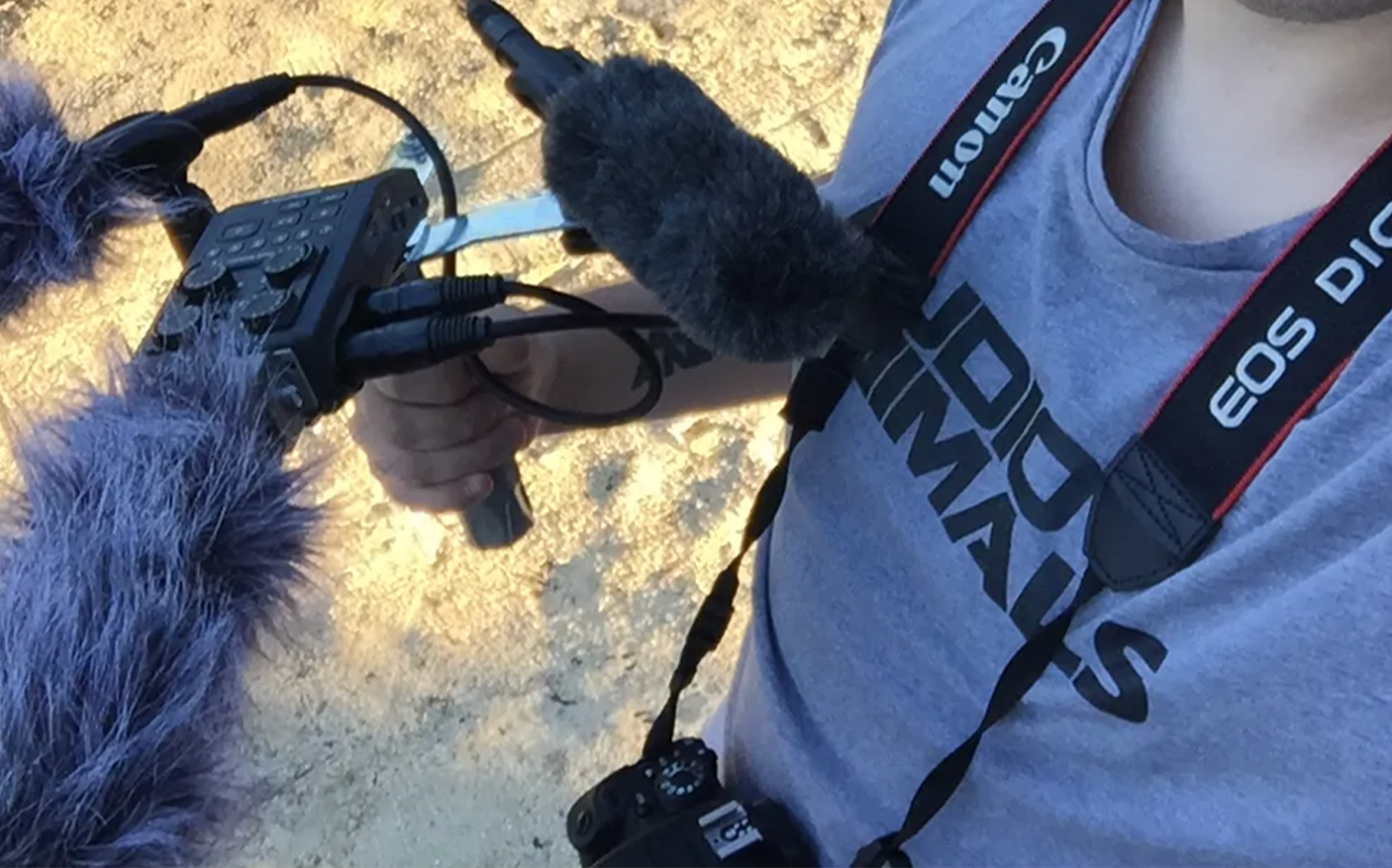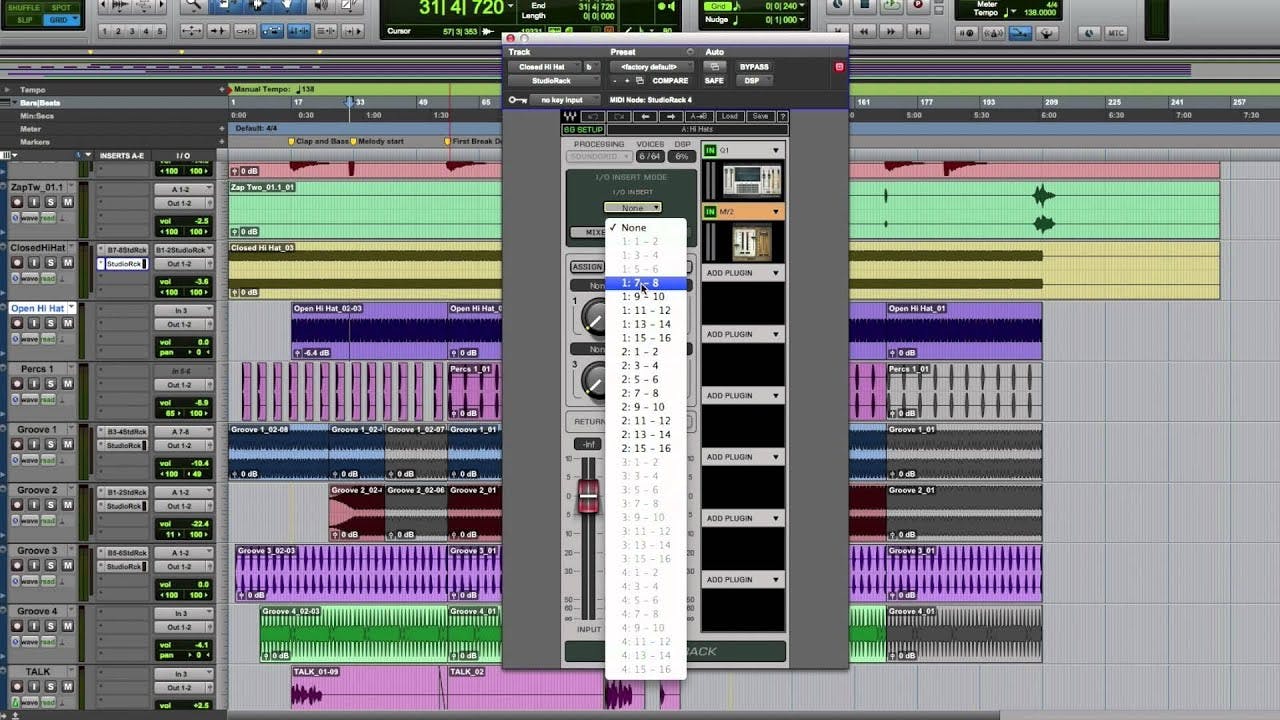The Sound Designer is the visionary architect of a film's entire sonic landscape. Far more than just someone who adds sound effects, they are sonic storytellers who shape the emotional and atmospheric journey of every scene. They define the film's overall audio identity, supervise entire sound teams, and collaborate intimately with directors to transform silent moving images into immersive cinematic experiences.
🎬 The Sonic Visionary
Sound Designers don't just create sounds—they craft emotional experiences. They understand that every footstep, breath, and ambient tone serves the story. They are the bridge between the director's vision and the audience's emotional response, using audio as their primary language of storytelling.
